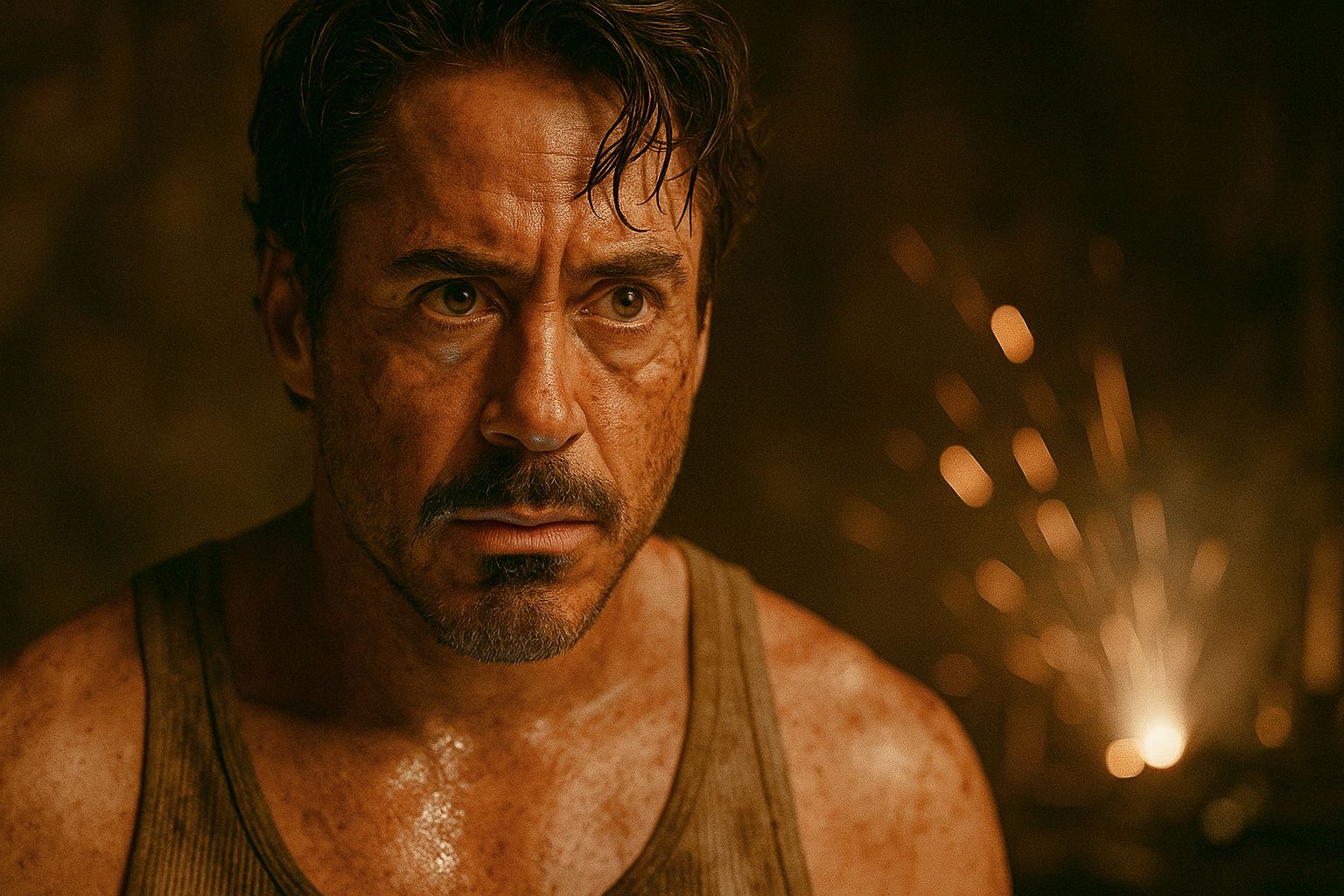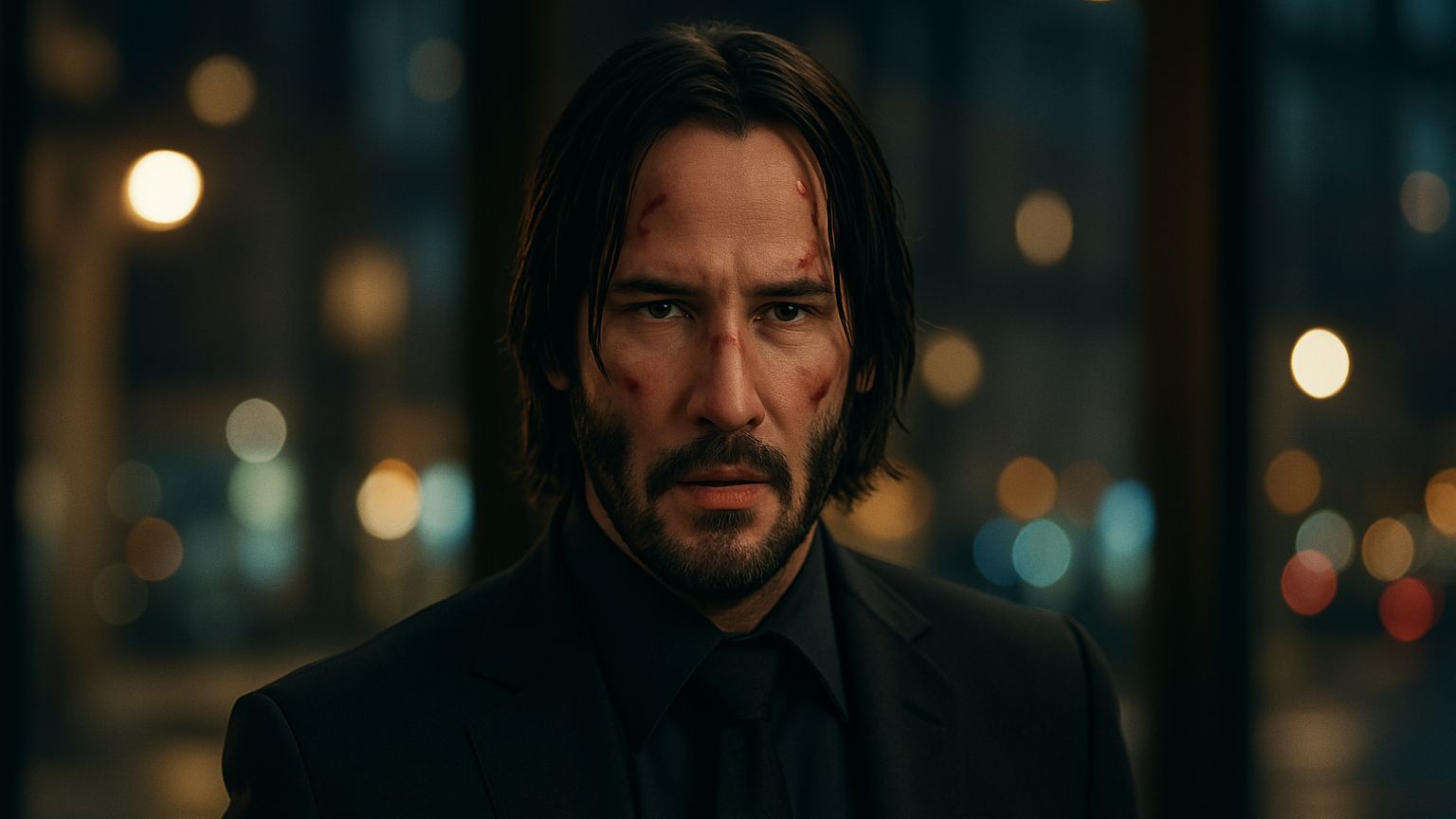From Billionaire Playboy to World-Changing Genius
Before he became the genius in the red and gold suit, Tony Stark was just your average billionaire, genius, playboy, philanthropist. Okay, maybe not so average. With a brain sharp enough to make MIT professors sweat and a bank account that could fund small countries, Tony lived life fast, loud, and unapologetically flashy. He was the king of weapons manufacturing, the golden boy of Stark Industries, and the toast of every gala from Malibu to Monaco. But beneath the tailored suits and smirking bravado, Tony was coasting on autopilot—brilliant but aimless, powerful but detached. The man who would become Iron Man had the tech, the talent, and the toys. What he didn’t have yet was purpose. The transformation from egocentric arms dealer to armored Avenger didn’t come from a desire to be a hero. It came from being brought to the edge of death—literally and ideologically. Tony’s journey to becoming Iron Man wasn’t just about building a suit of armor. It was about stripping away everything he thought he knew about power, morality, and legacy, and reforging himself in fire, shrapnel, and conscience.
The Cave That Changed Everything
In the 2008 film that launched the Marvel Cinematic Universe—and redefined what superhero origin stories could look like—Tony Stark’s life takes a sharp turn in a dusty cave in Afghanistan. Ambushed during a weapons demonstration, he’s critically injured by a Stark-manufactured missile. Talk about poetic irony. The explosion embeds shrapnel near his heart, and without a quick fix, he’s a dead man. Captured by the Ten Rings, a terrorist organization, Tony finds himself not in a luxury suite, but in a grimy cell with a car battery powering an electromagnet in his chest.
Here’s where the story goes from Hollywood spectacle to mythological awakening. Paired with fellow captive Yinsen, a brilliant doctor and humanitarian, Tony is forced to confront the very real consequences of his inventions. Seeing his name on the bombs being used to destroy villages flips a switch in his mind. Yinsen, wise and gentle, becomes Tony’s unlikely moral compass. It’s in that cave, surrounded by scraps of metal and the sound of distant gunfire, that Tony makes his first suit of armor—not just to escape his captors, but to escape who he’s been.
The Mark I armor, built under constant threat, is a clunky masterpiece. It’s not sleek. It’s not high-tech. But it works. Bursting through the cave doors with flamethrowers and brute force, Tony walks out of the shadows a different man. The fire didn’t just forge metal. It forged Iron Man.
Rewriting the Rules of the Game
When Tony returns home, he’s not interested in champagne toasts or corporate updates. He’s interested in change. And change, as it turns out, is not very popular on Wall Street. His first move? Announce that Stark Industries is getting out of the weapons game. Cue chaos. Investors panic, Obadiah Stane scowls ominously, and Pepper Potts wonders if Tony hit his head a little harder than reported. But Tony sees something none of them do—what his genius can build, not destroy.
His mission is no longer profit—it’s protection. And protection, in true Tony Stark fashion, comes with upgrades. Lots of them. Locked in his Malibu mansion with a robot arm named Dum-E and a cup of coffee, Tony gets to work. He redesigns the suit with smoother lines, better mobility, and enough firepower to make a tank blush. Mark II becomes Mark III, and then Mark IV. Each version is sleeker, smarter, and more sophisticated, reflecting his growing sense of responsibility.
But the journey isn’t just tech. It’s trial and error, bruises and breakthroughs. We see Tony crash into walls, freeze mid-flight, and blow out parts of his house. But we also see his genius in action. No gods. No spider bites. Just a man solving problems with his mind, hands, and more than a few sarcastic quips. Every advancement in the suit represents a step forward in Tony’s identity—not as a weapons manufacturer, but as a protector.
Facing the Enemy in the Mirror
Of course, no origin story is complete without a good villain—and Tony’s first nemesis isn’t just a rival. It’s his former mentor. Obadiah Stane, charming and ruthless, steps into the spotlight as the man who’s been pulling the strings behind the scenes. He represents the old guard, the belief that power should be exploited, not questioned. When he builds his own armored monstrosity using Tony’s original design, the stakes become deeply personal. This isn’t just about stopping a bad guy. It’s about confronting a past version of himself—a version that created without conscience.
Their showdown is brutal, metallic, and loaded with meaning. Two iron titans clash in the heart of a city, but only one is fighting for more than his own survival. With the help of Pepper and J.A.R.V.I.S., Tony overcomes not just the physical threat, but the ideological one. He proves that intelligence combined with integrity is stronger than greed fueled by ambition. And as the dust settles, he prepares for the moment that will truly set him apart from every other masked crusader.
“I Am Iron Man.”
Most heroes hide behind secret identities. They protect their name, their face, their normalcy. Not Tony Stark. In one of the most iconic mic-drop moments in superhero history, Tony stands at a press conference, glances at his cue cards, then tosses them aside. “I am Iron Man,” he says, smirking. And just like that, he rewrites the rulebook. No alter egos. No masks. Just a man owning his mission.
That line wasn’t in the original script—it was improvised. And yet it became the defining statement of the character and the franchise. It told audiences that this wasn’t just another superhero movie. It was something bold, self-aware, and grounded in personality. Tony Stark wasn’t trying to become someone else. He was trying to be the best version of himself. Iron Man wasn’t a mask to hide behind. It was armor to rise in.
Building a Legacy, One Suit at a Time
From the moment he uttered those words, Tony’s journey as Iron Man was set. But it wasn’t static. Over the years, his suits evolved from weapons to lifelines, each one reflecting where he was in his journey. From the Mark V suitcase suit in Iron Man 2 to the Hulkbuster in Age of Ultron, Tony never stopped building—not because he was never satisfied, but because he understood that being Iron Man was a process, not a product.
Every suit upgrade came with emotional baggage. The PTSD from the Battle of New York led him to create dozens of remote-controlled suits in Iron Man 3, only to realize he was building walls instead of healing. His fear of losing loved ones led him to create Ultron—a mistake that almost ended the world. But from each failure, Tony didn’t retreat. He rebuilt. Smarter. Stronger. With more purpose.
That’s what made his arc so compelling. Tony Stark didn’t just create technology. He learned from it. And in doing so, he grew from a man in a cave with a box of scraps to the heart of the Avengers—the one willing to risk it all to protect the world.
The Heart of the Hero
One of the most powerful throughlines of Tony’s story is the arc of his heart—both literal and metaphorical. The arc reactor in his chest starts as a survival device, a glowing reminder of his fragility. Over time, it becomes a symbol of hope, ingenuity, and drive. He upgrades it, refines it, and ultimately removes it when he no longer needs it to live. But by then, we’ve seen the real change: Tony Stark no longer needs technology to be Iron Man. He is Iron Man, with or without the suit.
And it’s that emotional evolution that gives his final act such devastating impact. When the world is hanging in the balance during Avengers: Endgame, Tony doesn’t hesitate. He doesn’t calculate the odds. He sees the opportunity—and he takes it. One final snap. One last sacrifice. And in that moment, the man who once built weapons for a living becomes the man who saved the universe with a flick of his fingers.
His last words? A full-circle echo. “I am Iron Man.”
The Man Behind the Metal
Tony Stark’s journey to becoming Iron Man isn’t just the origin of a hero—it’s the evolution of a man. A man who started with everything, lost nearly all of it, and chose to become more. He didn’t wake up with powers. He wasn’t born a god. He didn’t get bitten by destiny. He built himself—through pain, through trial, through relentless invention. He was flawed, stubborn, and often too clever for his own good. But he cared. And in the end, that’s what made him extraordinary.
Tony Stark became Iron Man not the moment he put on the suit, but the moment he decided to use his genius for something greater than himself. That decision, forged in a cave with a box of scraps, changed everything. Not just for him, but for an entire cinematic universe—and a generation of fans who still believe that with courage, creativity, and a whole lot of heart, anyone can build something heroic.
And that’s how Tony Stark—billionaire, genius, playboy, philanthropist—became Iron Man. Forever.




